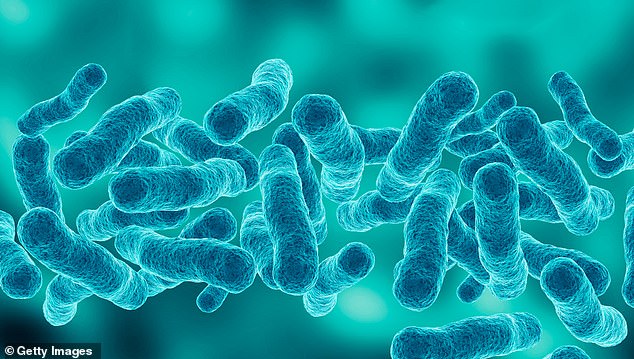Legionnaires’ disease cases have surpassed 100 as the outbreak continues to grow in Melbourne.
An update from Victoria’s Department of Health said that as of July 26, there were 100 confirmed cases and 10 suspected cases, mostly in adults over the age of 40.
Most people infected with the bacteria needed to go to hospital, and those who suffered severe community-acquired pneumonia needed intensive care.
A woman in her 90s and a man in his 60s have died in hospital since the outbreak began in Melbourne’s west.
All of the infected people lived in or had visited the Melbourne metropolitan area, the health department said.
In more hopeful news, Victoria’s chief health officer Clare Looker said on Friday that genomic sequencing results had shown what authorities had hoped: that all confirmed cases of legionellosis were linked to one location, a cooling tower in Laverton North in Melbourne’s west, which they have already treated.
“I can confirm that all of these sequences are closely related genomically and indeed form a single genomic cluster,” said Dr. Looker.
‘That sequencing has been compared to genomic sequencing of a number of human samples that were taken as part of this outbreak to look for links between that specific cooling tower and those cases.
Legionnaires’ disease cases have surpassed 100 as the outbreak continues to grow in Melbourne. Victoria’s Chief Health Officer Clare Looker is pictured
“This means I can now say with high confidence that we have identified and already treated the source of this outbreak.”
Legionnaires’ disease can cause a chest infection with fever, chills, cough, headache, and muscle aches.
Other atypical symptoms may include nausea, vomiting, diarrhea, and confusion.
The bacteria that cause the disease are widely distributed in the environment and are found in natural bodies of water such as rivers, lakes, streams and hot springs.
They are also found in spas, hot water systems, and man-made systems that use water for cooling, heating, or industrial processes such as cooling towers, as well as potting mixes.

An update from Victoria’s Department of Health said there have been 100 confirmed cases as of 26 July and 100 suspected cases to date, mostly in adults aged over 40. Legionella bacteria is pictured.
Only a few people who come into contact with the bacteria become infected.
In this outbreak, most cases are occurring in people who are normally at higher risk for infection, including being over 40, being a smoker, having chronic lung disease or a weakened immune system, and underlying conditions such as chronic heart, liver or kidney disease and diabetes.
But there have also been cases in active, normally healthy adults, the health department said.
The bacteria is not usually transmitted from person to person or through drinking contaminated water.

